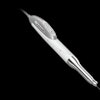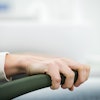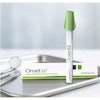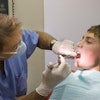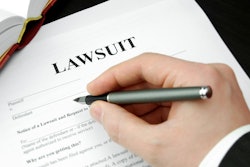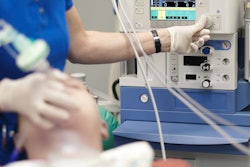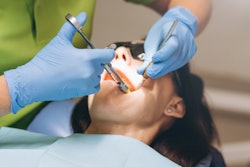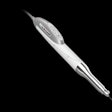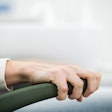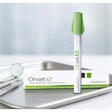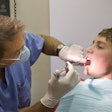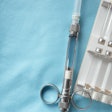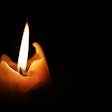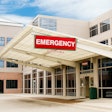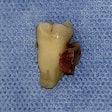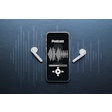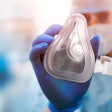
A new tool uses LED lights to numb dental patients without using needles, according to clinical study being conducted by researchers at Griffiths University in Australia. This could be a game changer for those who skip the dentist due to the fear of anesthesia injections.
Nuralyte, developed by startup Dentroid, works similarly to local anesthesia sans the needles. The device uses a cluster of LED lights that penetrate the bone, blocking nerve conduction.
One 20-second burst of light can numb an area for up to 20 minutes, according to the story, which was published on January 12 by the university’s Griffiths News.
"After about 20 minutes to half an hour, the cells begin to recover their normal function but you can zap them again and they go back to sleep again," Dr. Laurence Walsh, PhD, an adjunct professor from the university, said in the release.
Past studies have shown that in the U.S., about 36% of adults fear the dentist. Meanwhile, about 1 in 10 have reported having severe dental anxiety.
The upside to this technique is that it works without affecting other nerves. Unlike local anesthetic, numbing an area via light blocks sensation but doesn’t make the tissue “go all thick and tingly,” Walsh added.
The device could replace needles for simple dental procedures, like simple restorations. For more complex procedures, the Nuralyte could be used to first numb the area so that patients would not feel the needle prick of local anesthesia as it is administered.
“I see so many people who avoid a trip to the dentist because of either a fear of needles, pain or just seeing the dentist in general,” Simone Sleep, a doctoral candidate with the Griffith University School of Medicine and Dentistry, said.
Nuralyte is safe to use, according to Walsh.
“Unlike X-rays, the energy that's carried in this light source is not enough to change DNA," he said.
Currently, Nuralyte is being tested on cells at the university. Dentroid is aiming to make the patent-pending technology available to dental practices by 2025.
